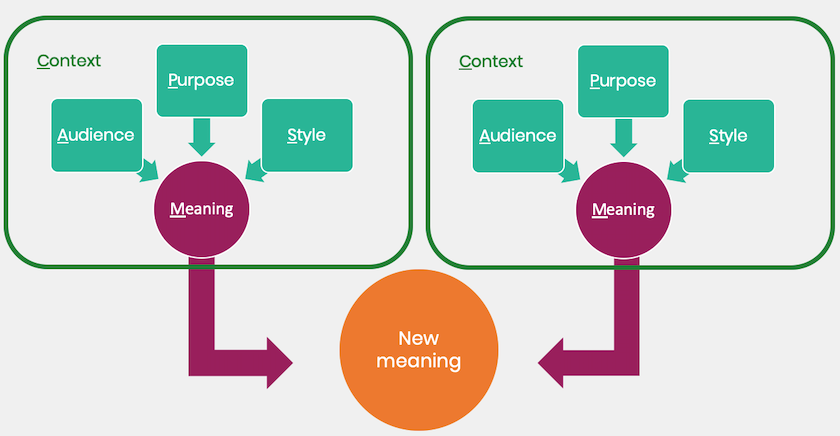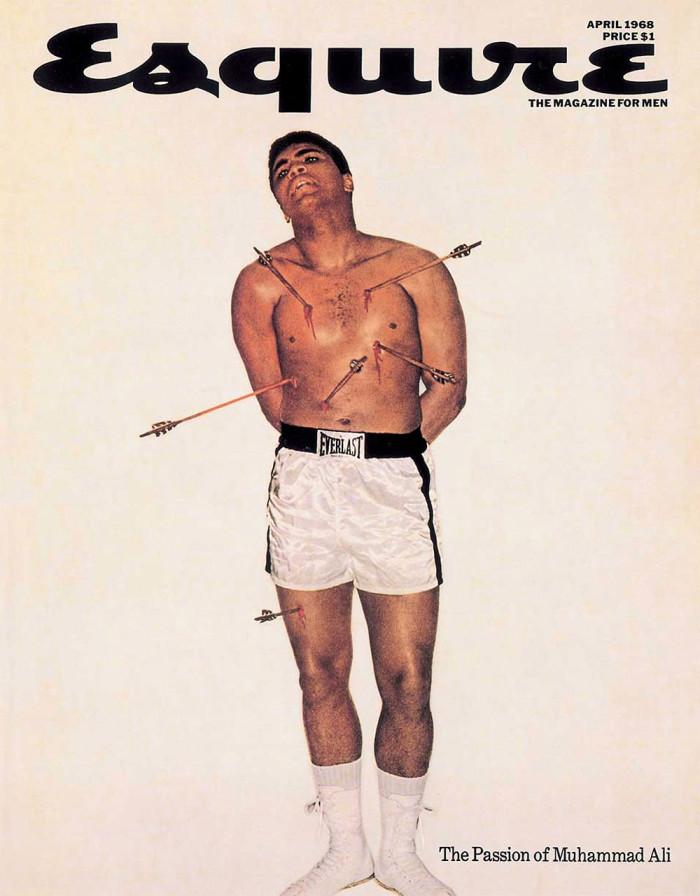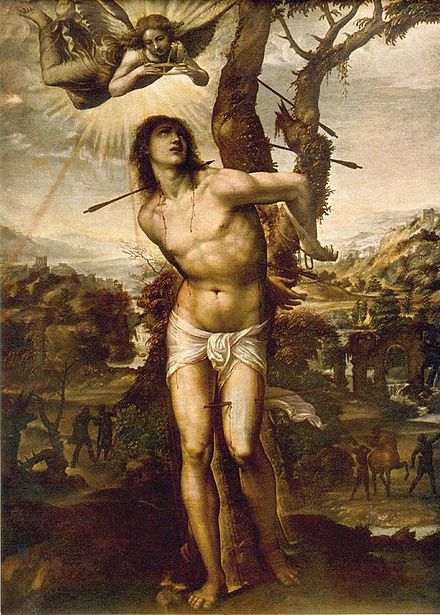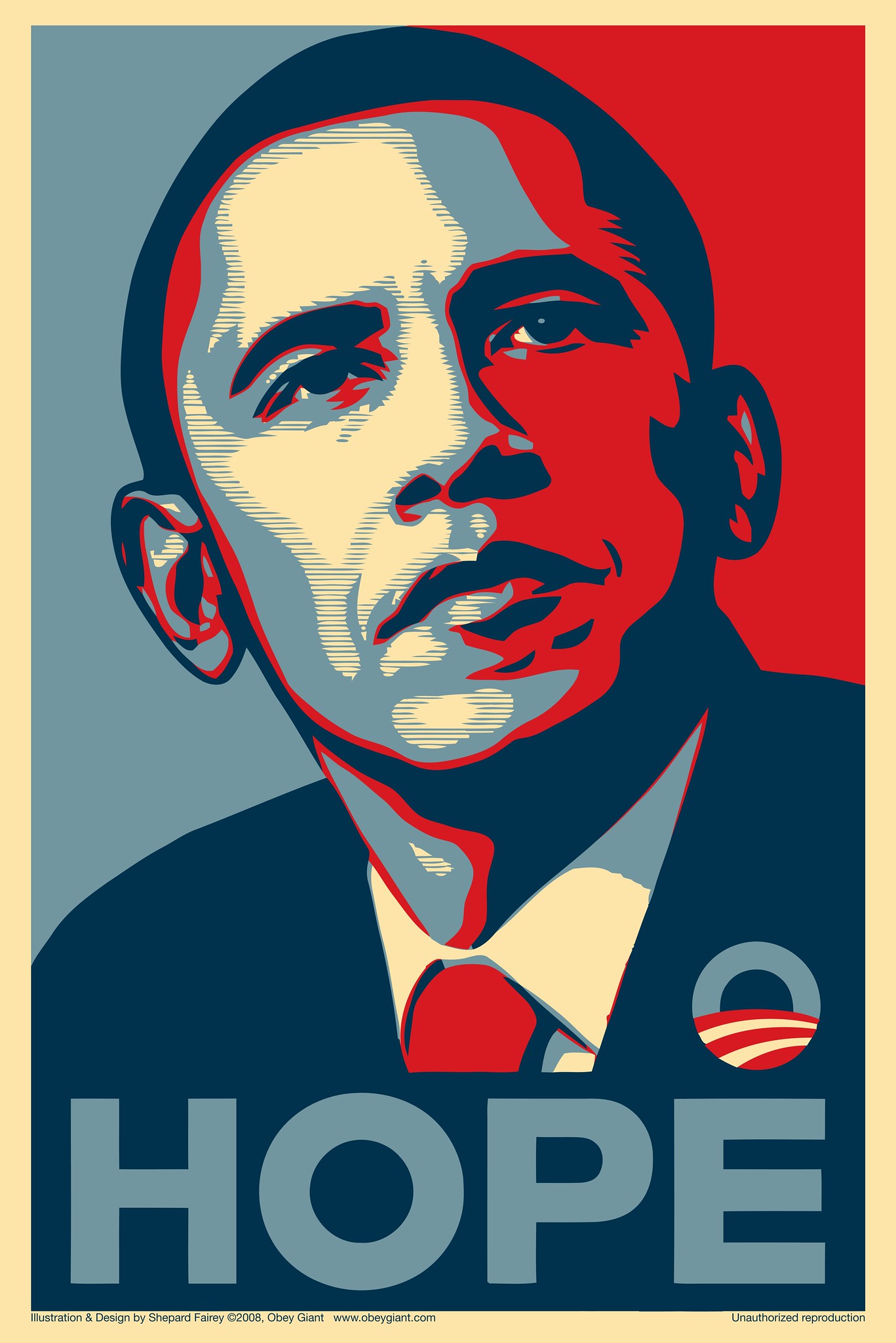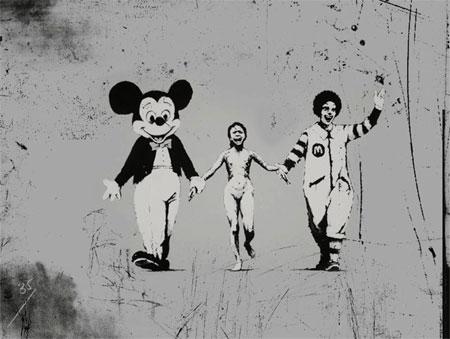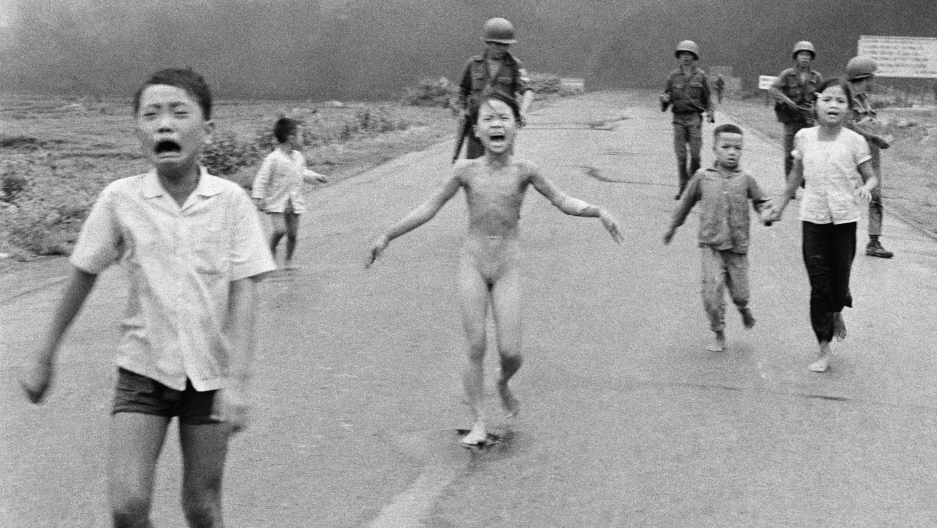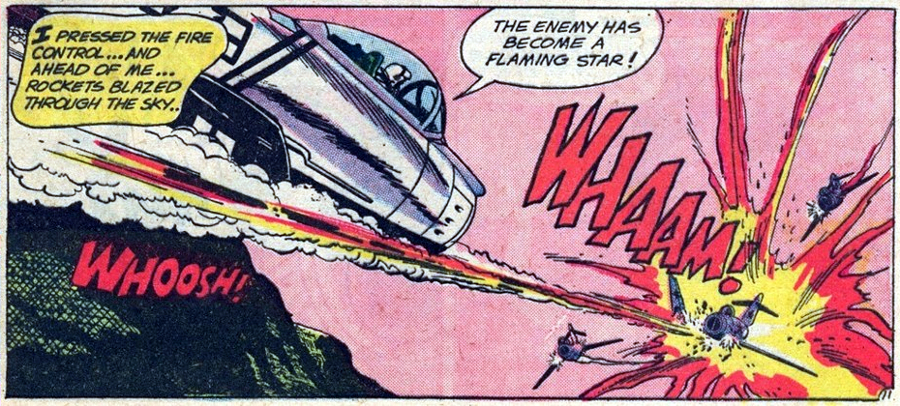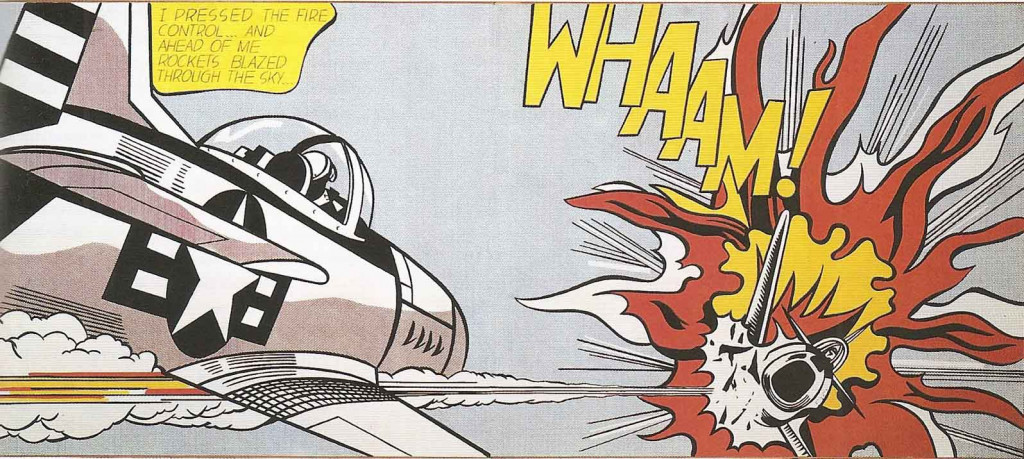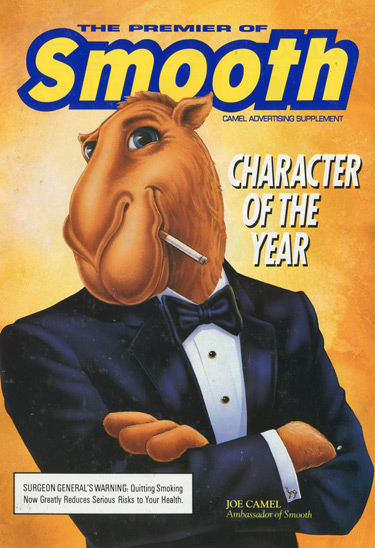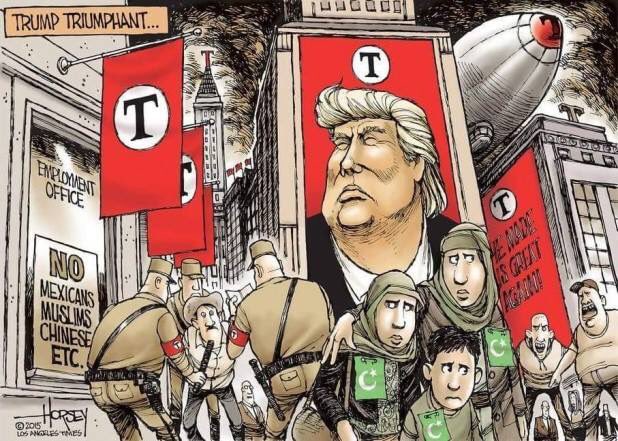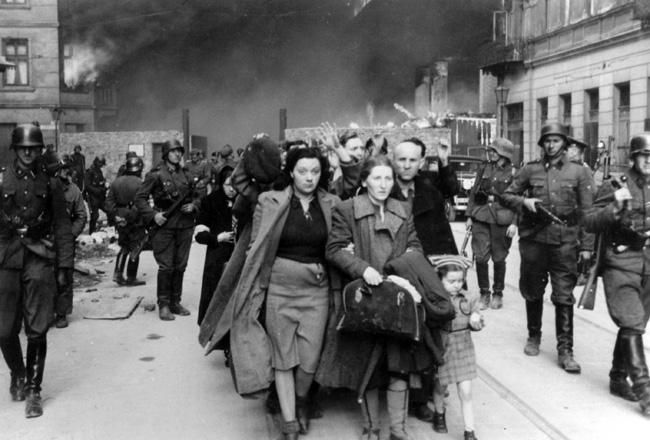Intertextuality: connecting texts
Is it possible to understanding the meaning of a text without understanding the meaning of other texts? How does a text's meaning change when explored along side anther text? This lesson introduces you to the notion of 'intertextuality'.
- Download the following A6 cards. Print them double-sided and laminate them. Work in groups. Shuffle the 20 cards and place them on a large table in a 5 x 4 grid, face down. Take turns, going clockwise. When it’s your turn, turn over any two cards. If you find a match, you may keep the cards and take another turn. You will recognise matches based on their common structural features or themes. The player to have the most matches (or pairs) wins!
- Look at the pairs of texts that you have matched from the memory game. How is 'new meaning' created when looking at the texts in combination? Use the diagram below to help you understand the relationship between the two texts.
- After you have finished the game, discuss how each pair is an example of one or more of the terms below. Look up the definitions of these terms if you do not understand them or their differences. You may need to research the texts to know which terms are relevant. As a group, discuss how each form of intertextuality affects your understanding of the texts. The 20 texts have been provided below.
-
Repurposing:Although this is not typically a word used in textual analysis, you may find that texts can be taken out of their original context and used in another context, serving another purpose.
-
Imitation: Texts can borrow structures and styles from other texts or text types. Writers often imitate other writers, in order to convey meaning.
-
parody: Parody takes a specific text and exaggerates its form and language, making fun of the original text, its purpose and style.
-
Pastiche: Pastiche is differnt from parody in the sense that it does not make fun of the original text. Instead it uses its form and style for a different purpose.
-
Satire Satire is characteristic of texts that use of humour, irony or exaggeration to expose or criticise a person or people's stupidity. In order to understand satire, one needs to understand the context and history of the issues that are explored in the text.
-
Spoof Spoof is very similar to, but slightly different from, parody. Rather than making fun of a particular text or person, spoof makes fun a particular genre of texts or medium. Many people use the term inacurately.
-
AllusionAllusion is created by borrowing structures and styles from an original text, in order to suggest a common purpose, appeal to audiences' associations or make a comparison.
-
PlagiarismWhile not typically a term that is used in the context of textual analysis, plagiarism refers to how one author copies the work of another author without giving credit to him or her.
-
HomageWhile not typically a term that is used in the context of textual analysis, homage refers to how one author can pay tribute to another author by imitating the author's style and giving credit to him or her for inspiration.
-
Mash-upWhile this term more common in the music industry, texts can also take elements from different source texts and mix them, or 'mash' them up, to make a new, original text. This can be done for different reasons.
- Intertextuality is generally considered a stylistic device or literary feature. One of the Areas of Exploration for this course is 'Intertextuality: understanding texts'. In the subject guide for Language A: Language and Literature, the IB has provided 6 questions to help you explore texts that use this stylistic device. Take a text or work that you are studying in class or find another text and discuss your answers to one or more of the following questions with a partner in relation to these texts.
- How can texts be typical or atypical, conventional or unconventional?
- How can the conventions of a text type evolve over time?
- What can diverse texts have in common?
- To what extent can a text be considered a ‘classic’?
- How can different texts offer different perspectives on a topic, issue or theme?
- How can comparing and interpreting texts be transformative for the reader?
A6 cards for printing: Intertextuality Memory'
